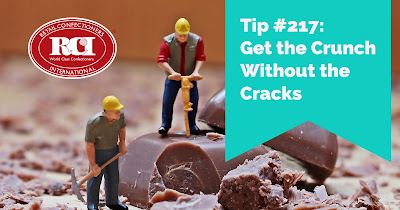Retailers have
been using mass displays as a successful visual merchandising technique for
many years. According to Chron.com, “
In 1960, RCI
published an article written by Harry P. Cole, a sales associate for Paper Goods
Company
Use Mass Displays
In making displays of your
candy, both in the store and in your show windows, try using mass displays. Last
February, one of our good roadside customers was unfortunate enough to have to
go to the hospital and he was out for about five weeks starting January 15. The
manager of this particular store, quite a smart, bright young lady, always
wanted to make big on of
Since making
their debut shortly after Christmas, your Valentine’s Day displays may have seen
shoppers come and go for a little over a month. Consider making some space for
a fresh, new, attention-grabbing display, grouping your inventory of beautiful heart-shaped
boxes near the front of the store or near the register. Keep in mind, the location of a mass display is important. This merchandising technique will be much more successful in a highly visible area of your retail space. If your space or inventory doesn’t allow for a mass
display this Valentine’s Day, it’s not too late to incorporate one into your
Easter and Mother's Day. Here's wishing you a successful Valentine's Day!
Learn more about how to build your sweet business and help us celebrate our 100th anniversary at RCI's Annual Convention & Industry Expo in Chicagoland, Illinois June 12-16, 2017. Click here if you would like us to send you an email notification when registration opens. Not a member? Learn what makes membership with RCI so sweet!
Learn more about how to build your sweet business and help us celebrate our 100th anniversary at RCI's Annual Convention & Industry Expo in Chicagoland, Illinois June 12-16, 2017. Click here if you would like us to send you an email notification when registration opens. Not a member? Learn what makes membership with RCI so sweet!





